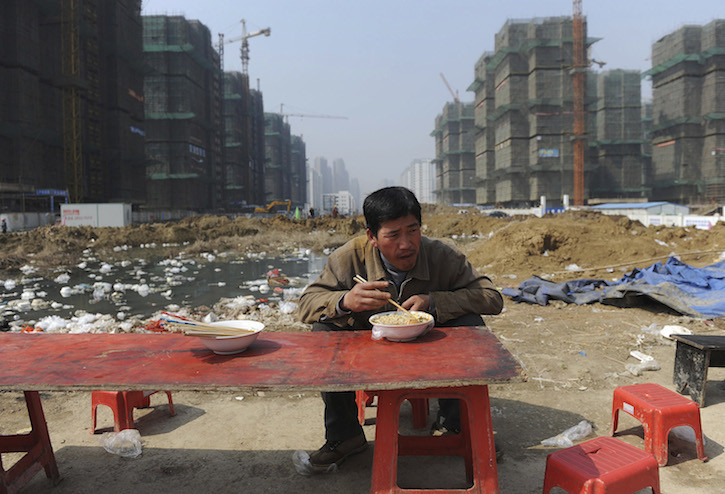
Decades ago, China’s “floating population” of migrant laborers consisted largely of poor, rural people moving to the cities in search of jobs, eventually returning home to raise a family. But after 30 years of reform, migrant populations have become increasingly diverse in terms of education and income levels. In “How to Better Support China’s Migrant Population,” Nankai University Professor Xinping Guan argues that China needs to rethink its approach to these second-class citizens and find better ways to provide services and integrate them into the system. His conclusions:
- The composition of China’s floating population, now numbering around 274 million, has changed over the past 30 years. Today, 19.3% have college degrees. With two-thirds of this floating population consisting of people under the age of 35, the floating population has accumulated a larger proportion of millennials, who are earning higher educational degrees and entering a more diverse range of industries and occupations.
- There is significant income disparity within the floating population, with the top 20% earning 3.8 times more than the bottom 20%. Migrant workers are no longer restricted to the low-end segment of the labor market. And the influence of government regulation on migrant incomes has diminished: migrant income is now more dependent on human capital and social connections.
- The “floating population” is no longer “floating”—in other words, significant numbers have settled permanently and should be redefined as “non-registered.” The new term would highlight that the challenges faced by the “non-registered population” are more attributable to local governments and policy than to migrants themselves.
- The new residency permit system is flawed. The current system, which provides temporary residency permits (as opposed to permanent “hukou” permits) and access to some public services to migrant workers, is subject to the discretion of local governments and thus prone to regional variations and disparities. The current system also fails to provide sufficient public services, and remains ambiguous in terms of making hukou obtainment more accessible to migrants.
- To overcome local interests, future hukou reform should be based on top-down policy from Beijing. Access to public services should be residence-based, rather than hukou-based, and the government should concern itself more with providing better services to migrants than attempting to manage and control them. In addition, the government should shift its focus to bolstering migrants’ social inclusion and equal treatment and providing migrants with greater educational and employment training opportunities.


